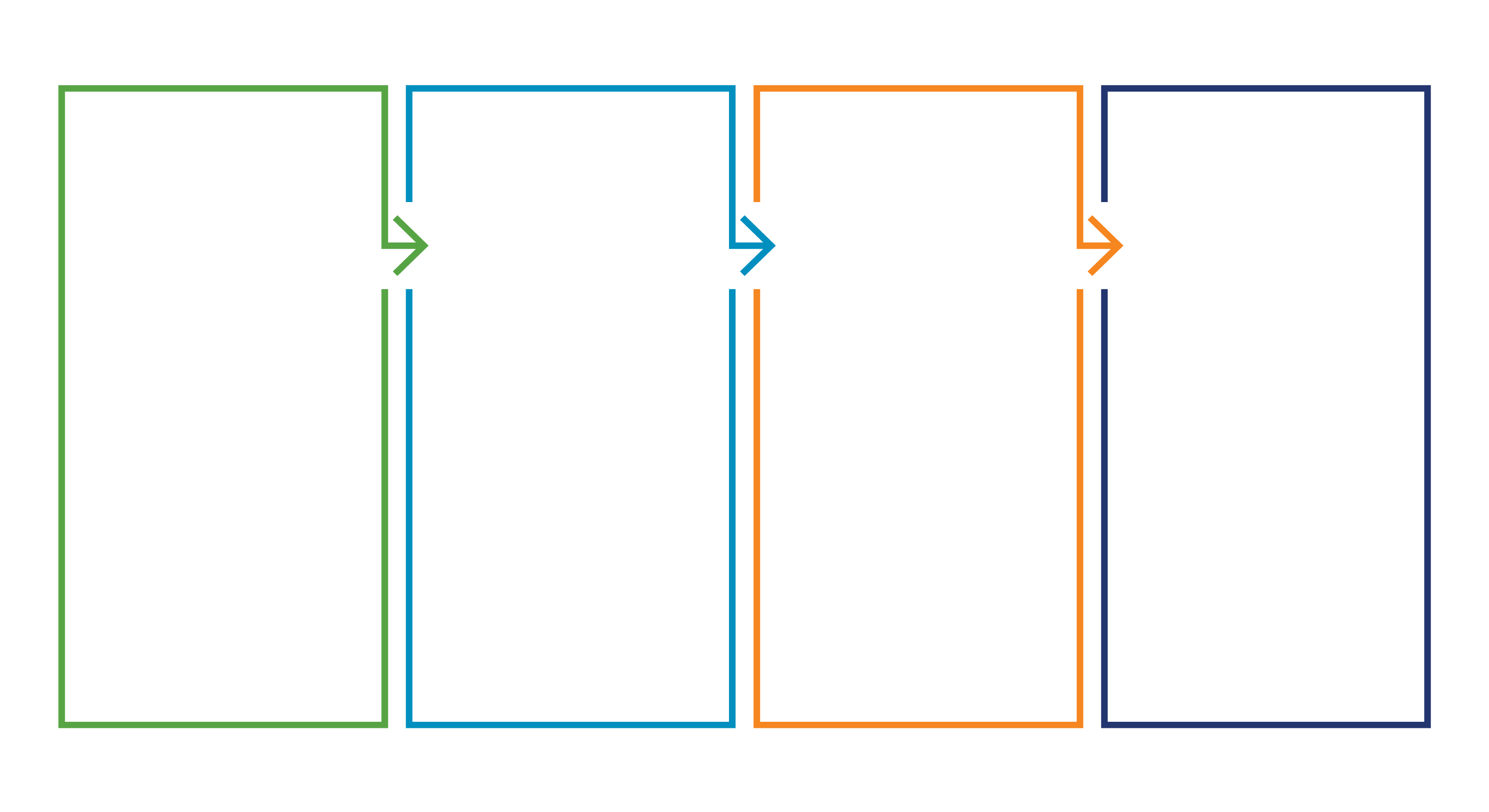


Explore what the world is searching. Enter a search term or a topic.

1
PRE-SURVEY
STRATEGY SESSION
2
DATA
DEEP DIVE
3
ASSESSING
YOUR IMPACT
4
BUILDING A
THRIVING SCHOOL
Explore topics such as:
In this year-end online debrief, the
Engagement Team will provide
you with tips and resources you
can use to:
A school is thriving when teachers,
students, parents / guardians, and
the community are working together
toward a common vision of success.
Take a deep dive into your data!
• Data-driven planning,
• goal setting, and
• using survey measures and
custom questions to capture
actionable evidence.
Our experts will:
• Review your data
• present notable highlights, and
• identify areas for further
investigation.
• Review your progress,
• assess the impact of your
implemented strategies, and
• discuss ways to help your team
adjust strategies and set
priorities for the coming year.
In this session you will:
• Explore strategies for how to
engage your whole school
community and build a culture of
consultation and collabora-tion
between all stakeholders, and
• learn how to triangulate the
perspectives of students,
teachers and parents to gain
deep insight into your school
communities' alignment.
• This session is available for
schools that use the OurSCHOOL
suite of surveys (Student, Parent,
and Teacher).
Leave the session with:
Participants will:
• Strategies and resources to
generate excitement for the
OurSCHOOL survey, and
• ideas you can use for a
successful survey
implementation.
• Learn to interpret and share
their OurSCHOOL findings,
• identify areas to celebrate,
• pinpoint opportunities for
improvement, and develop
achievable action plans
for further success.
Leave the session with:
• Knowledge and resources to
assess the impact of your
current strategies, and
• tips and resources for creating
a plan before your next survey
implementation.
The Confident Learners program provides a rigorous curriculum aligned with teaching activities, assessments and quality professional development. The program covers all pre-literacy to literacy skills required to achieve reading fluency by the end of Grade 3. The foundational model of literacy and language development that the Confident Learners Literacy Program uses, draws upon is the widely recognized and validated ‘Simple View of Reading.’ This model has two critical and complementary dimensions:
Code-related skill: Concepts about print, phonological awareness, letter knowledge, and reading fluency (decoding and spelling, recognition and spelling, speed and prosody).
Language skill: Vocabulary, receptive language, expressive language, and written language.
Children must master both to read proficiently.
Click to view a Code-Related Instructional Activity or Language-Related Instructional Activity.
The Confident Learners framework was developed over the course of a three year research partnership with 32 First Nations communities to develop a scalable program, informed by best evidence, and designed to meet the literacy needs of each child, school and community. To outline some of the key challenges we addressed through our research, and evidence underlying the program’s approach and design, we have developed the Confident Learners Program Overview. To receive the Overview directly in your inbox please provide us with your contact details below.
The Tell Them From Me survey only uses multi-question measures, as opposed to single questions as found on most other school surveys. When developing our measures, we take steps to ensure they are the most representative of the construct under investigation. We begin with the broad construct (or domain) – for example, the concept of Anxiety – then we conduct a thorough examination of the existing literature and consult with subject matter experts.
A bank of questions is then developed that are intended to reflect the construct and are rigorously tested. We know that measures are more reliable when they include a number of well-formulated questions as this allows us to more accurately differentiate between students.
Validity refers to whether a set of survey questions is measuring what it is intended to measure.
Steps for establishing the validity of an Tell Them From Me measure
Data are analyzed using two psychometric techniques: factor analysis and item response theory (IRT). The analysis provides an indication of how well the questions hold together to provide a measure of a single unified construct, and whether each question contributes to the reliable measurement of the construct.
High accuracy of reported measures is best achieved by having 100% of students participate. However, a reasonable estimate can be achieved by having as few as 30 students participate.
Reliability refers to the consistency of the measurement process and is one of the key criteria for a sound measure of a schooling outcome or school process.
The RTI classification includes three tiers, which are based on a prediction model derived from longitudinal data that estimated the likelihood of a child being a successful reader at age 8 or 9, based on his or her EYE-TA domain scores. Children with a greater than 80% chance of becoming a successful reader are classified as having Tier 1 learning needs; those with a 50% to 80% chance of becoming a successful reader are classified as having Tier 2 learning needs; and those with less than a 50% chance are considered to have Tier 3 learning needs. The prediction model takes into account the age of the child at the time of the assessment and his or her skill level in each of the five domains. The results derived from the model weights some skills more heavily than others. Skills in the Cognitive and Language and Communication domains figure most prominently; children’s Awareness of Self and Environment, Social Skills and Approaches to Learning, and Fine Motor skills also contribute to the classification.
An RTI classification is not permanent or necessarily long term, nor is it a label assigned to a child. As children are developing their literacy skills, their progress should be monitored on a regular basis, using a variety of formal and informal tests. In practice, teachers use the domain-specific results to plan their instruction. Schools with more than one kindergarten or Grade 1 classroom can use the RTI score to ensure the prevalence of vulnerable children is evenly distributed among classrooms.
Also, children with Tier 2 or Tier 3 learning needs do not necessarily have a specific learning or intellectual disability. The classification simply indicates that a child may need extra instructional time and resources during the primary school years.
School monitoring programs and national and international studies such as PISA provide trailing indicators of student’s outcomes. The primary aim of trailing indicators is to assess changes in system performance across schools and districts, and over time.
Educators need leading indicators to inform timely school policy and instructional decisions. Leading indicator data allow you to not only focus on what is happening in your school now, but also to predict what will happen as a result (e.g. high bullying rates now will lead to high anxiety rates later). Leading indicator data are collected before learning occurs or as it is occurring. They typically employ short tests and administer surveys more frequently. The data can be used to:
We enable schools to continuously monitor several leading indicators that can help guide school policy and practice and assess the effects of school reforms.